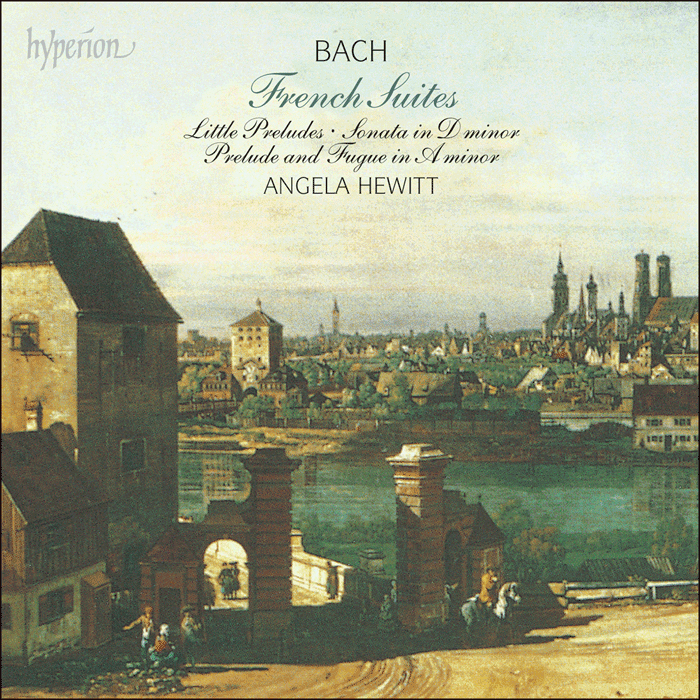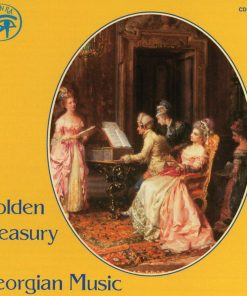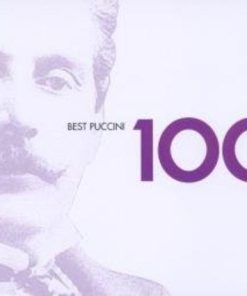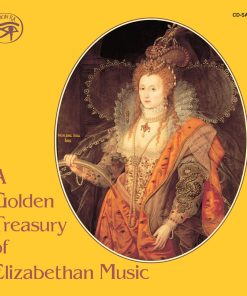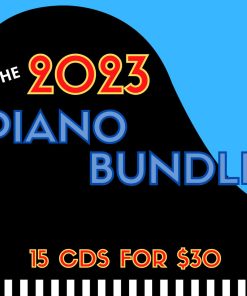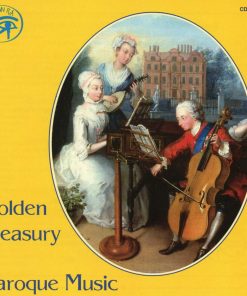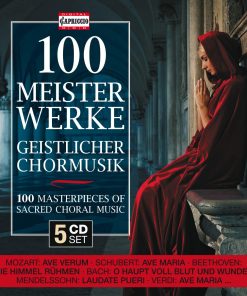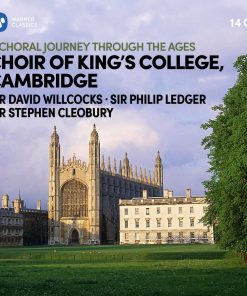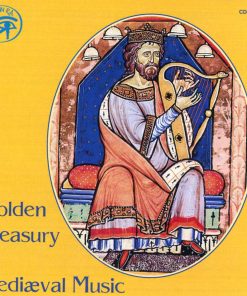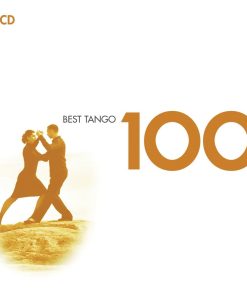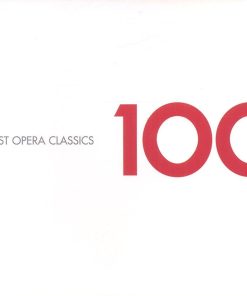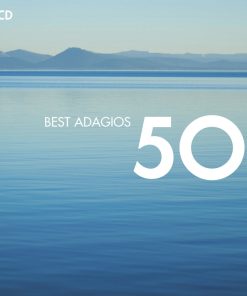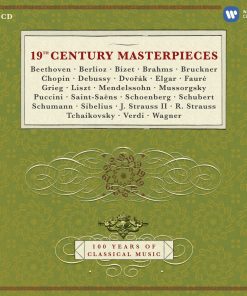BACH: FRENCH SUITES – Angela Hewitt (2 CDs) Hyperion
$ 44,99 $ 26,99

Sonata in D minor BWV964[18’22]CD1
1
Adagio[3’17]2
Fuga: Allegro[6’03]3
Andante[4’02]4
Allegro[5’00]French Suite No 1 in D minor BWV812[15’15]5
Allemande[3’08]6
Courante[2’14]7
Sarabande[3’51]8
Menuet I and II[3’08]9
Gigue[2’54]French Suite No 2 in C minor BWV813[15’58]10
Allemande[2’53]11
Courante[2’00]12
Sarabande[3’38]13
Air[1’19]14
Menuet I and II[3’36]15
Gigue[2’32]French Suite No 3 in B minor BWV814[15’45]16
Allemande[2’56]17
Courante[2’25]18
Sarabande[3’18]19
Anglaise[1’29]20
Menuet and Trio[3’39]21
Gigue[1’58]22
Prelude in C major BWV924[0’59]23
Prelude in G minor BWV930[2’12]24
Prelude in D major BWV925[0’58]25
Prelude in D minor BWV926[1’10]26
Prelude in F major BWV927[0’30]27
Prelude in F major BWV928[1’20]CD2
28
Prelude in C major BWV933[1’36]29
Prelude in C minor BWV934[2’09]30
Prelude in D minor BWV935[1’31]31
Prelude in D major BWV936[2’11]32
Prelude in E major BWV937[1’31]33
Prelude in E minor BWV938[1’43]34
Prelude in C major BWV939[0’37]35
Prelude in D minor BWV940[0’54]36
Prelude in E minor BWV941[0’42]37
Prelude in A minor BWV942[0’38]38
Prelude in C major BWV943[1’39]39
Prelude in C minor BWV999[1’26]French Suite No 4 in E flat major BWV815[17’42]40
Praeludium[1’23]41
Allemande[2’39]42
Courante[1’51]43
Sarabande[2’53]44
Gavotte I[1’16]45
Gavotte II[2’42]46
Menuet[1’02]47
Air[1’44]48
Gigue[2’12]French Suite No 5 in G major BWV816[17’46]49
Allemande[2’51]50
Courante[1’37]51
Sarabande[5’11]52
Gavotte[1’13]53
Bourrée[1’17]54
Loure[2’08]55
Gigue[3’29]French Suite No 6 in E major BWV817[15’13]56
Allemande[2’34]57
Courante[1’33]58
Sarabande[3’24]59
Gavotte[1’13]60
Polonaise[1’27]61
Bourrée[1’20]62
Menuet[1’28]63
Gigue[2’14]Prelude and Fugue in A minor BWV894[9’37]64
Prelude[5’28]65
Fugue[4’09]

The rhythms of the dance have always provided composers with a vital source of inspiration. Bach was no exception, and a very high percentage of his music is related to the dance. Perhaps this is largely what gives it that marvellous vitality and spirit, and why it is so immediately appealing. The six French Suites contain some of Bach’s most attractive keyboard writing. The eight Little Preludes are among the most valuable pieces ever written for beginners, giving a wonderful introduction to voice imitation, pedal points, cadenza-like passages, and basic ornamentation. They cover many different moods and recall fond childhood memories. The remaining pieces on this recording are of a completely different nature. Both the Sonata in D minor, BWV964, and the Prelude and Fugue in A minor, BWV894, are virtuoso pieces, intended to show off the ability of the performer. Canadian pianist Angela Hewitt is the acknowledged master of Bach on the piano.
All of the music on this album is also available as part of the specially priced box set Angela Hewitt plays Bach: ‘A magnificent retrospective of Angela Hewitt’s achievement as a pianist in the keyboard works of J S Bach … this remarkable set of recordings marks something of a milestone for everyone involved with classical music, as well as for Hyperion’ (MusicWeb International).
Fast Shipping and Professional Packing
Due to our longstanding partnership with UPS FedEx DHL and other leading international carriers, we are able to provide a range of shipping options. Our warehouse staff are highly trained to pack your goods exactly according to the specifications that we supply. Your goods will undergo a thorough examination and will be safely packaged prior to being sent out. Everyday we deliver hundreds of packages to our customers from all over the world. This is an indication of our dedication to being the largest online retailer worldwide. Warehouses and distribution centers can be located in Europe as well as the USA.
Orders with more than 1 item are assigned processing periods for each item.
Before shipment, all ordered products will be thoroughly inspected. Today, most orders will be shipped within 48 hours. The estimated delivery time is between 3-7 days.
Returns
The stock is constantly changing. It's not entirely managed by us since we are involved with multiple parties such as the factory and our storage. The actual stock can fluctuate at any time. Please understand it may happen that your order will be out of stock when the order is placed.
Our policy is valid for 30 days. If you haven't received your product within 30 days, we're not able to issue either a return or exchange.
You are able to return a product if it is unused and in the same condition when you received it. It must also still remain in the original packaging.
Related products
MUSIC CDS
MUSIC CDS
MUSIC CDS
MUSIC CDS
MUSIC CDS
MUSIC CDS
MUSIC CDS
MUSIC CDS
MUSIC CDS
